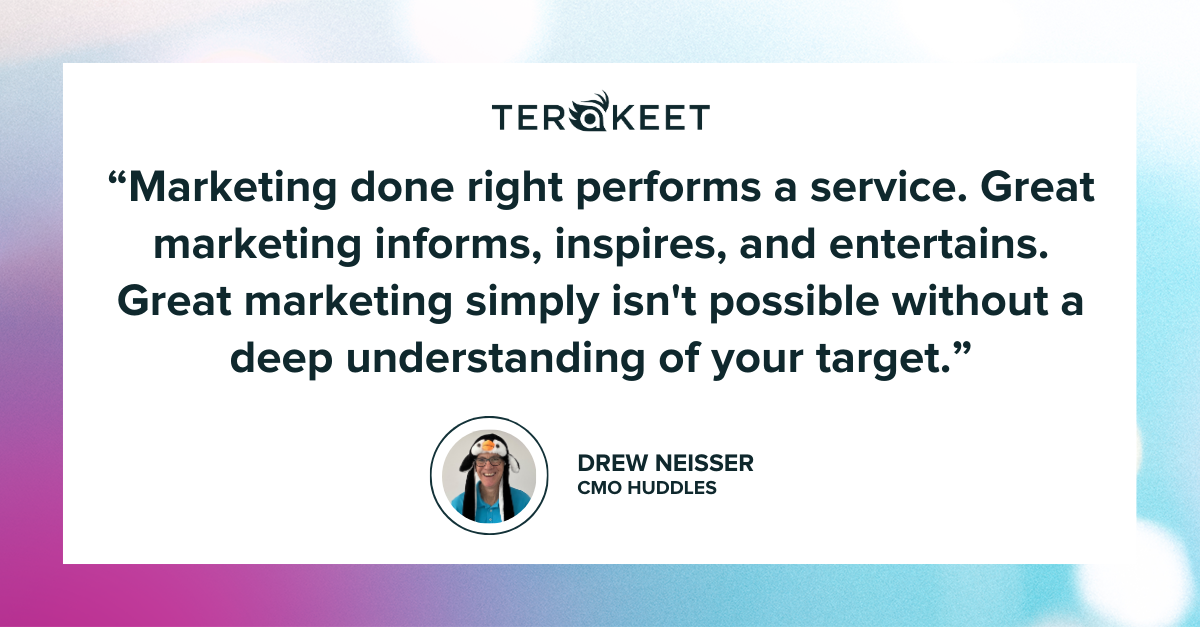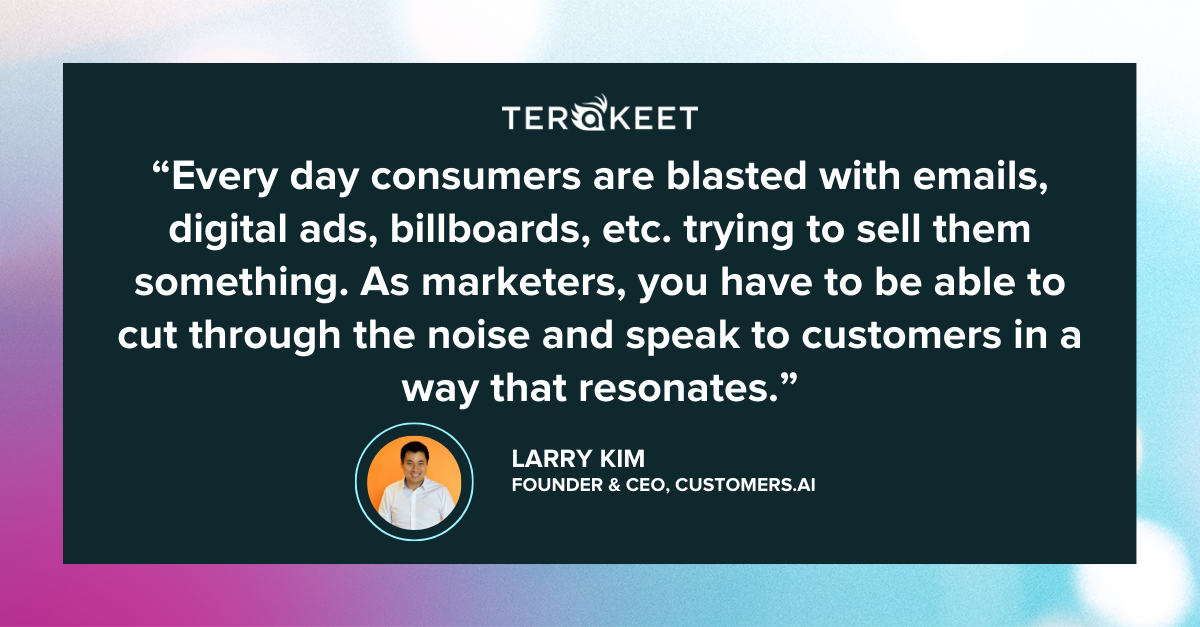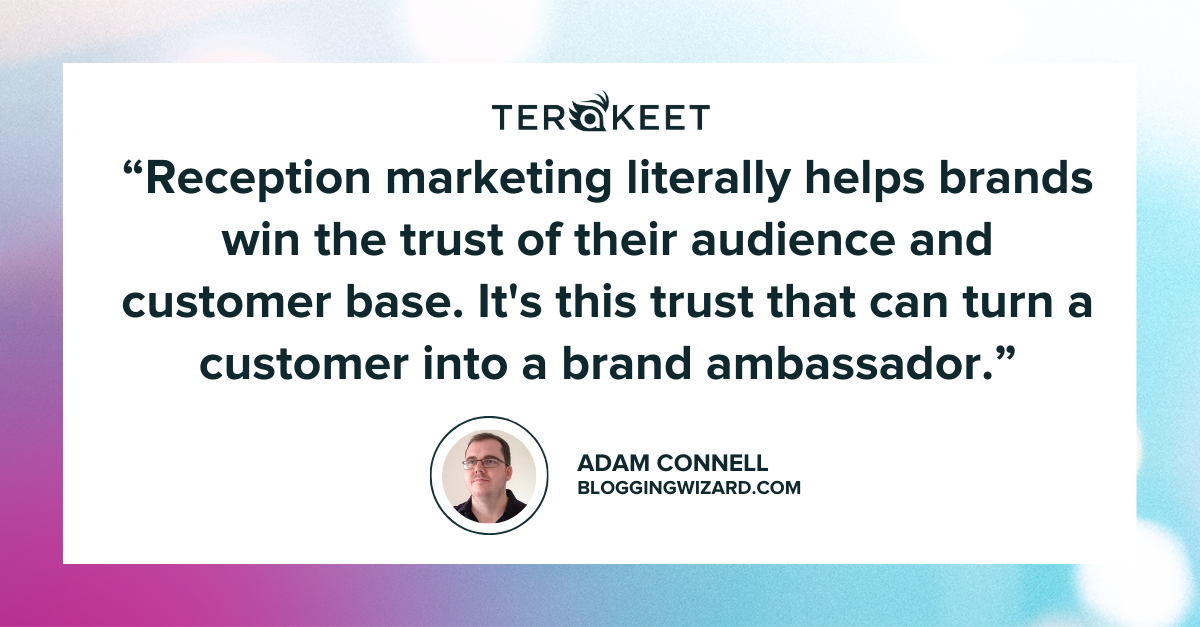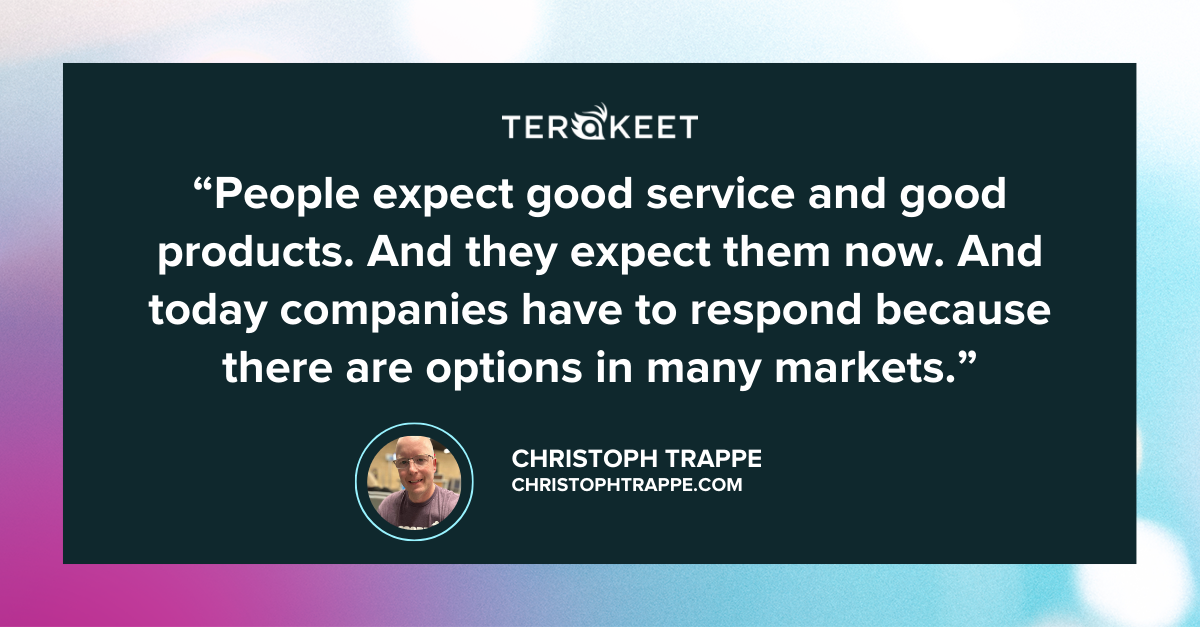
Building Brand Equity: Reception Marketing Strategy for CMOs
May 22, 2024|Read time: 6 min.
Key Points
- Brands can stand out in competitive marketplaces by maximizing brand equity and building stronger relationships than the competition.
- Marketers should start embracing the shift from interruption marketing techniques to Reception Marketing to reach better brand equity.
- Owned asset optimization (OAO) is the most effective Reception Marketing strategy for brands seeking higher brand equity.
The age of interruption marketing and permission marketing is over. Brands cannot reach and authentically connect with consumers using outmoded strategies that get in the way of what audiences want.
With a Reception Marketing strategy based on data-driven insights, authenticity, and consistency, brands can be at the forefront of marketing’s evolution.
Brands can embrace empowered consumers and the longer research journeys they pursue. They can build stronger, consumer-driven relationships instead of serving up more unwanted marketing content.
What are the results of carefully executed Reception Marketing? Increased trust, more customer loyalty, and true fans. But one of the most important outcomes is supercharged brand equity. Achieving this transforms any brand into an industry leader.

Defining brand equity
Brand equity, at a high level, is simply the value of your brand from a company standpoint. It’s a measurement of the value created when your brand is highly recognized by consumer audiences. Think of it as a comparative metric between leading brands and generic alternatives.
Brand equity is made up of three pillars:
- Brand recognition (Consumers know the brand): The brand’s unique value has not yet been communicated, but customers are familiar with the brand name.
- Brand reputation (Consumers trust the brand): The brand establishes a strong reputation and trust in the marketplace.
- Customer value (Consumers rely on the brand): The brand and its offerings become vital components of the consumer’s lifestyle.
With these pillars realized, a brand becomes a stand-out among consumers and sees a boost in overall brand value.
Why does brand equity matter?
Thanks to changes in consumer behavior, the buyer’s journey has changed. Consumers aren’t following some formulaic, staged journey and they aren’t just looking to buy.
In fact, studies suggest that at any given moment, 90% of consumers are actively researching solutions and only about 10% are ready to buy. This reality results in marketing that fails to align and fails to connect. A shift in thinking is required.

Brands can pursue brand equity long before consumers are ready to buy by providing the authentic and consistent value that pays off down the line. The longer, more fluid buyer’s journey means brands have new opportunities to connect, acting as guides instead of sales reps, and leading the Reception Marketing charge.
In the end, achieving brand equity means that consumers not only perceive your brand as superior but also trust you, identify with you, and seek out your brand. From there, strong equity brands achieve better results across metrics like CPA, ROI, and revenue.
How Reception Marketing builds brand equity

Brand equity leaders don’t interrupt consumers and are present to support them in moments that matter throughout the buyer’s journey. This is a Reception Marketing mindset.
As the name suggests, Reception Marketing is about being ready to receive consumers versus primarily trying to turn them into transactions. Reception Marketing techniques empower consumers by answering their biggest questions early and solving their problems often, all while building brand relationships, trust, and resonance.
Investing in consumer needs
Brands must acknowledge and invest in consumer needs and preferences to create a trustworthy partnership with consumers. They need to work to understand and respond to the consumer’s changing needs and demands.
Unlike traditional marketing, this model is value-first, focusing on providing consistent and continuous value to consumers and letting them organically make a purchase decision. That value, founded in an ecosystem of helpful content, forms authentic connections as consumers research options. The brand that offers the most cohesive and comprehensive content stands to win the brand equity game.
Reception Marketing in action
Reception Marketing works in these steps:
- Consumer insights: A brand leverages internal and external data, such as search intent data, to build consumer intent insights. These reveal exactly what consumers are looking for and how the brand can help.
- Solving problems: The brand creates an ecosystem of helpful content designed to solve consumers’ problems before they even think of transactions. Multiple opportunities for relationship building leads to authentic connections. Consumers looking for help can choose to engage as they see fit.
- The long game: Over time across thousands of consumers, the brand develops a reputation for providing value and fostering trust-based relationships. When the brand finally asks for a transaction, the consumer is ready for it.

When a consumer knows you and trusts you, they’ll also rely on your offering.
For example, if a consumer is looking for auto insurance, the likely first step is searching on Google for solutions. If a provider like GEICO offers the best answers, that draws the consumer into GEICO’s content, which builds trust throughout the journey.
Fast forward a few weeks when it’s time for a purchase decision — that consumer is much more likely to choose GEICO than a brand that didn’t assist their journey.
Through the above three steps, Reception Marketing boosts brand equity and the metrics that define business success. Reception Marketing’s inherent brand equity benefits are an especially powerful differentiation method for big brands.

Achieving brand equity with owned asset optimization
Owned asset optimization (OAO) is a highly effective Reception Marketing strategy because it’s not channel-first or transaction-exclusive. OAO is the process of understanding consumer intent, assessing connection opportunities, and creating controlled venues where a brand can tell its story to both connect with and help consumers.
With this customer-centric approach, a brand can become more accessible to audiences, build marketing content based on what people actually want, and prioritize relationships over transactions.
It also doesn’t force consumers into irrelevant funnel models — instead of unsolicited marketing noise, it offers value on the consumer’s terms.
This is a recipe for brand equity amplification as well as stronger conversion rates.
An example of supercharged brand equity
One example of OAO in play is our work with a well-known eyewear retailer that was relying on a traditional channel-based approach.
When the retailer switched to an asset-focused strategy and built a content hub packed with helpful guides and glasses-related content, it invested in relationships and brand equity. As a result, this retailer is now synonymous with prescription frames and is a trusted top brand.
Downstream, the metrics demonstrated the power of brand equity. Thanks to its focus on helping consumers first, the hub took off and within a year the retailer achieved:
- 67.3% increase in monthly non-branded organic revenue
- 42.8% decrease in non-branded cost per acquisition (CPA)
- 8.6X return on investment (ROI) through non-branded search queries




